ॐ
गायत्री महामंत्र
ओ३म् भूर्भुवः स्वः । तत्सवितुर्वरेण्यं भर्गो देवस्य धीमहिं । धियो यो नः प्रचोदयात् ।।
शब्दार्थ:- ओ३म् सर्वरक्षक परमात्मा, भू प्राणों से प्यारा, भुवः- दुःख विनाशक, स्वः- सुखस्वरूप है, तत् उस, सवितु उत्पादक, प्रकाशक, प्रेरक, वरेण्यम् बरने योग्य, भर्गो शुद्ध विज्ञान स्वरुप का, देवस्य देव के श्रीमहिम ध्यान करें, थियो बुद्धियों का, जो हमारी प्रचोदयात् शुभ कार्यों में प्रेरित करें। भावार्थ:- उस प्राण स्वरूप, दुःखनाशक, सुख स्वरूप, श्रेष्ठ, तेजस्वी, पापनाशक, देव स्वरूप परमात्मा को हम अन्तरात्मा में धारण करें। वह परमात्मा हमारी बुद्धि को सन्मार्ग की और प्रेरित करें।
Om (or Aum) ( Sanskrit: ॐ, ओम्, romanized: Ōṃ) is a symbol representing a sacred sound, syllable, mantra, and an invocation in Hinduism. Its written representation is one of the most important symbols of Hinduism. It is variously said to be the essence of the supreme Absolute, consciousness, Ātman, Brahman, or the cosmic world. In Indic traditions, Om serves as a sonic representation of the divine, a standard of Vedic authority and a central aspect of soteriological doctrines and practices. The syllable is often found at the beginning and the end of chapters in the Vedas, the Upanishads, and other Hindu texts.
Om emerged in the Vedic corpus and is said to be an encapsulated form of Samavedic chants or songs. It is a sacred spiritual incantation made before and during the recitation of spiritual texts, during puja and private prayers, in ceremonies of rites of passage (samskara) such as weddings, and during meditative and spiritual activities such as Pranava yoga. It is part of the iconography found in ancient and medieval era manuscripts, temples, monasteries, and spiritual retreats in Hinduism, Buddhism, Jainism, and Sikhism. As a syllable, it is often chanted either independently or before a spiritual recitation and during meditation in Hinduism, Buddhism, and Jainism.
The syllable Om is also referred to as Onkara (Omkara) and Pranava among many other names.
Common names and synonyms
The syllable Om is referred to by many names, including:
- Praṇava (प्रणव); literally, “fore-sound”, referring to Om as the primeval sound.
- Oṅkāra (ओङ्कार) or oṃkāra (ओंकार); literally, “Om-maker”, denoting the first source of the sound Om and connoting the act of creation.
- Ik Oṅkār (ੴ or ਇੱਕ ਓਅੰਕਾਰ); literally, “one Om-maker”, and an epithet of God in Sikhism. (see below).
- Udgītha (उद्गीथ); meaning “song, chant”, a word found in Samaveda and bhasya (commentaries) based on it, which is also used as a name of the syllable.
- Akṣara (अक्षर); literally, “imperishable, immutable”, and also “letter of the alphabet” or “syllable”.
- Ekākṣara; literally, “one letter of the alphabet”, referring to its representation as a single ligature. (see below)
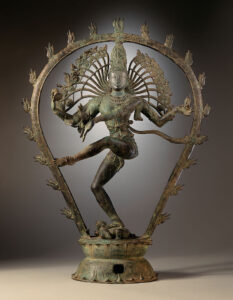
Statue depicting Shiva as the Nataraja dancing in a posture resembling the Devangari ligature for Om; Joseph Campbell argued that the Nataraja statue represents Om as a symbol of the entirety of “consciousness, universe” and “the message that God is within a person and without”
Written representations
South Asia
Nagari or Devanagari representations are found epigraphically on sculpture dating from Medieval India and on ancient coins in regional scripts throughout South Asia. Om is represented in Devanagari as ओम्, composed of four elements: the vowel letter अ (a), the vowel diacritic ो (o), the consonant letter म (m), and the virama stroke ् which indicates the absence of an implied final vowel. Historically, the combination ओ represented a diphthong, often transcribed as au, but it now represents a long vowel, ō. (See above.) The syllable is sometimes written ओ३म्, where ३ (i.e., the digit “3”) explicitly indicates pluta (‘three times as long’) which is otherwise only implied. For this same reason Om may also be written ओऽम् in languages such as Hindi, with the avagraha (ऽ) being used to indicate prolonging the vowel sound. (However, this differs from the usage of the avagraha in Sanskrit, where it would instead indicate the prodelision of the initial vowel.) Om may also be written ओं, with an anusvāra reflecting the pronunciation of in languages such as Hindi. In languages such as Urdu and Sindhi Om may be written اوم in Arabic script, although speakers of these languages may also use Devanagari representations.
The commonly seen representation of the syllable Om, ॐ, is a cursive ligature in Devanagari, combining अ (a) with उ (u) and the chandrabindu (ँ, ṃ). In Unicode, the symbol is encoded at U+0950 ॐ DEVANAGARI OM and OM SYMBOL as a “generic symbol independent of Devanagari font”.
In some South Asian writing systems, the Om symbol has been simplified further. In Bengali and Assamese Om is written simply as ওঁ without an additional curl. In languages such as Bengali differences in pronunciation compared to Sanskrit have made the addition of a curl for u redundant. Although the spelling is simpler, the pronunciation remains . Similarly, in Odia Om is written as ଓଁ without an additional diacritic.
In Tamil, Om is written as ௐ, a ligature of ஓ (ō) and ம் (m), while in Kannada, Telugu, and Malayalam, Om is written simply as the letter for ō followed by anusvāra (ಓಂ, ఓం, and ഓം, respectively).
There have been proposals that the Om syllable may already have had written representations in Brahmi script, dating to before the Common Era. A proposal by Deb (1921) held that the swastika is a monogrammatic representation of the syllable Om, wherein two Brahmi /o/ characters (U+11011 𑀑 BRAHMI LETTER O) were superposed crosswise and the ‘m’ was represented by dot. A commentary in Nature (1922) considers this theory questionable and unproven. A. B. Walawalkar (1951) proposed that Om was represented using the Brahmi symbols for “A”, “U”, and “M” (𑀅𑀉𑀫), and that this may have influenced the unusual epigraphical features of the symbol ॐ for Om. Parker (1909) wrote that an “Aum monogram”, distinct from the swastika, is found among Tamil-Brahmi inscriptions in Sri Lanka, including Anuradhapura era coins, dated from the 1st to 4th centuries CE, which are embossed with Om along with other symbols.

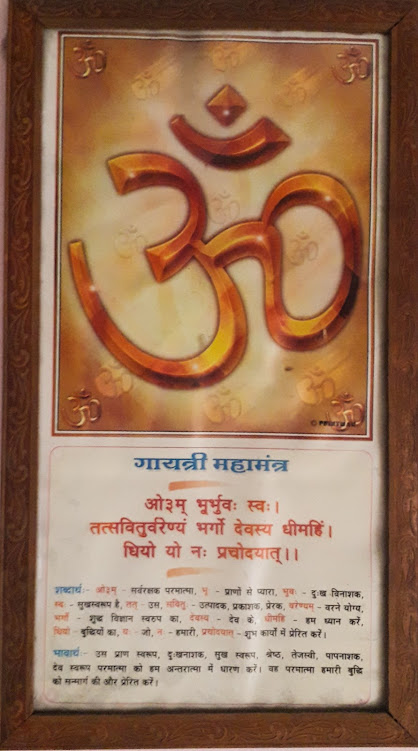

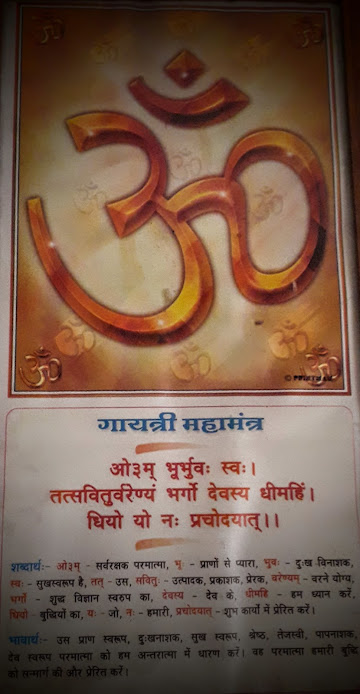
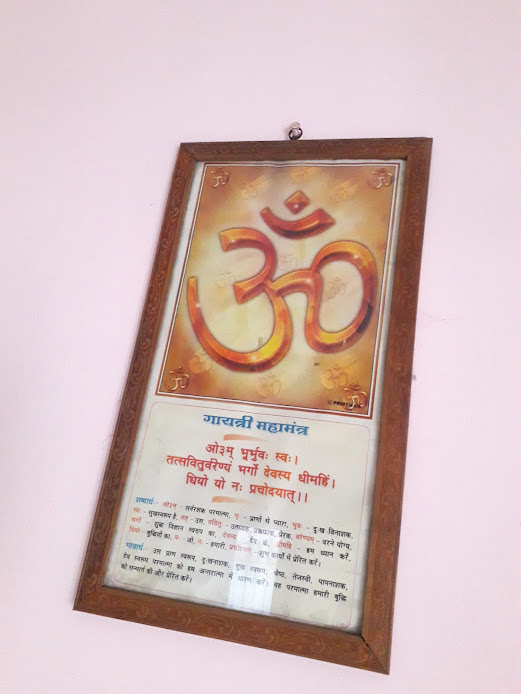
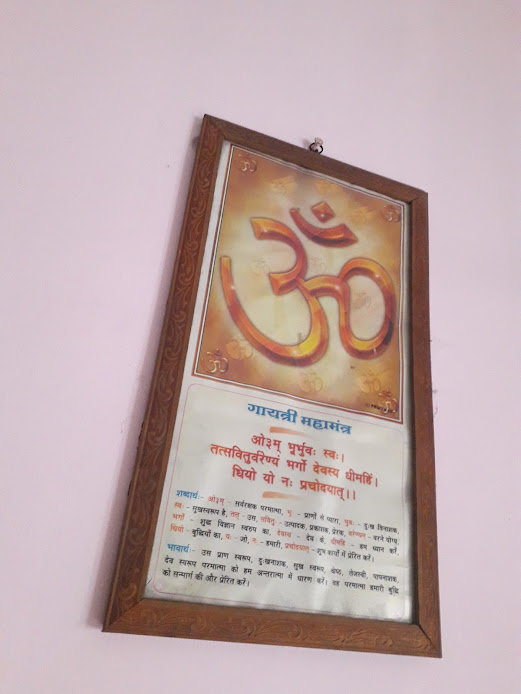
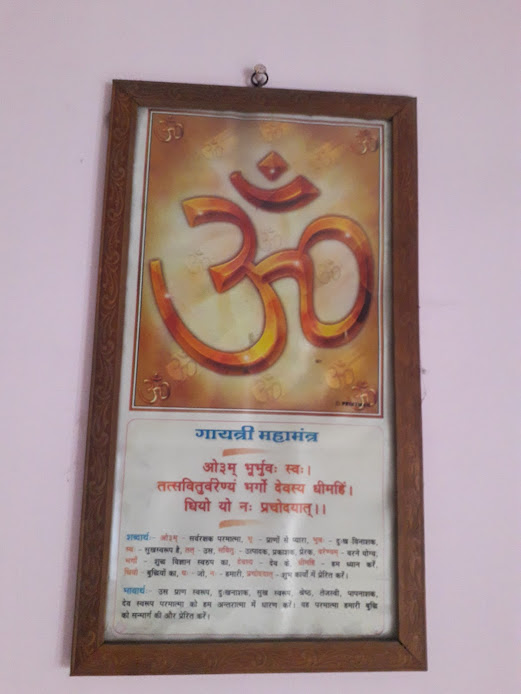



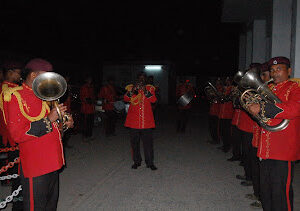





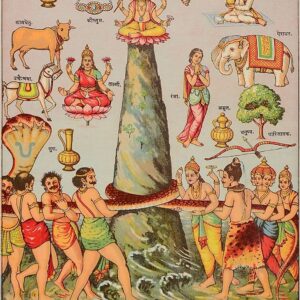


Reviews
There are no reviews yet